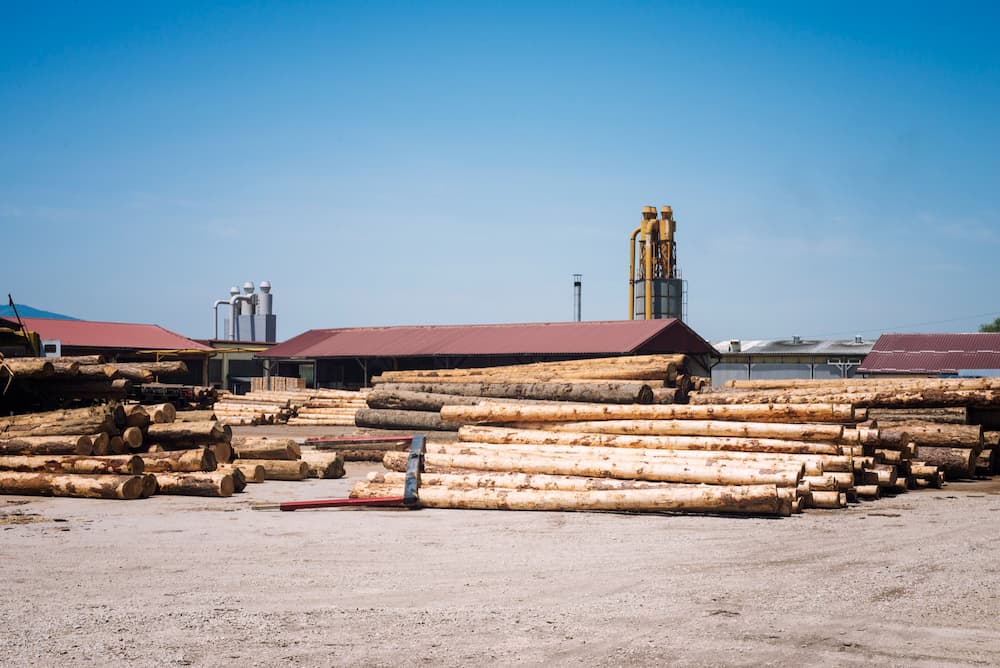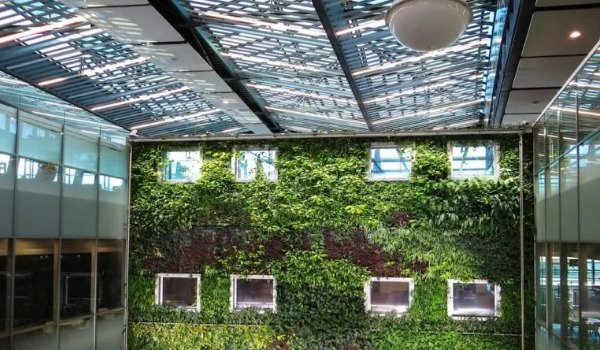The significance of sustainable building practices has grown exponentially in recent years. As the global community grapples with environmental challenges, the construction industry plays a key role in adopting eco-friendly practices. LEED certification has emerged as a gold standard, reflecting a commitment to sustainable building practices. This article delves into the significance of LEED certification and the key role of site monitoring in achieving sustainable building goals.
Understanding LEED certification
LEED, which stands for Leadership in Energy and Environmental Design, is a globally recognized certification system developed by the U.S. Green Building Council (USGBC) to verify the environmental performance and sustainability of buildings. It provides a framework for designing, constructing, operating, and maintaining green buildings. LEED certification is awarded based on a point system across various categories such as energy efficiency, water conservation, materials selection and indoor environmental quality.
Integrating LEED certification into construction practices
Sustainable construction begins with the planning and design phase. By incorporating LEED principles from the outset, construction projects can align with environmentally responsible practices. Architects, builders, and project managers must work collaboratively to identify opportunities that best align with established criteria.
The important role of construction site monitoring
Central to achieving LEED certification is the vigilant monitoring of construction practices. This ongoing oversight ensures that the project is able to meet the rigorous sustainability criteria established by LEED. Construction site monitoring acts as a proactive measure, allowing real-time assessment of energy usage, waste generation, and adherence to sustainable material choices. This dynamic approach enables timely adjustments, guaranteeing that the construction process aligns seamlessly with the LEED framework.
Optimizing energy efficiency
One of the key focuses of LEED certification is optimizing energy usage. Construction site monitoring enables the continuous assessment of energy consumption throughout the construction process. By identifying and rectifying inefficiencies promptly, builders can reduce overall energy consumption, for example by monitoring the installation of insulation, high-performance HVAC systems, and renewable energy systems, leading to a more sustainable and eco-friendly project.
Waste reduction and material selection
Construction sites are notorious for generating significant amounts of waste. LEED certification encourages responsible waste management and promotes the use of recycled or locally sourced materials. Through construction site monitoring, project managers can track waste generation, implement recycling programs, and make informed decisions about material selection, all contributing to a more sustainable construction process.

Enhancing indoor environmental quality
LEED certification places a strong emphasis on creating healthy and comfortable indoor spaces. Construction site monitoring helps ensure that materials and construction practices contribute to superior indoor air quality. This involves monitoring ventilation systems, selecting low-emission materials, and avoiding pollutants, ultimately creating spaces that prioritize the well-being of occupants.
Benefits of LEED certification
LEED-certified buildings exemplify sustainable development and offer multiple benefits beyond the construction phase. By understanding and integrating these aspects into construction practices, builders can create structures that not only meet rigorous sustainability criteria but also contribute to a healthier, more efficient and economically sustainable future.
Environmental benefits: Since they are designed to reduce energy consumption, conserve water, and promote the use of sustainable materials, LEED-certified buildings have a smaller ecological footprint compared to conventional buildings. According to a report by the USGBC, LEED-certified buildings consume 25% less energy and 11% less water than non-certified buildings.
Health and well-being: LEED-certified buildings prioritize occupant health and well-being, by providing better indoor air quality, natural lighting, and access to outdoor spaces. Studies have shown that employees working in LEED-certified buildings are more productive, have lower absenteeism rates, and report higher job satisfaction levels.
Economic benefits: Last but not least, by implementing energy-efficient systems and sustainable practices, buildings can reduce their operating expenses over time. According to the USGBC, LEED-certified buildings have reported an average decrease of 8% in operating costs.
Conclusion
In the pursuit of sustainable building, LEED certification and construction site monitoring are integral components. By aligning construction practices with LEED principles and implementing vigilant monitoring, builders can create environmentally responsible structures that stand as testaments to sustainable development. As the global community continues to prioritize eco-friendly solutions, adopting LEED certification becomes not just a best practice but a necessity for responsible construction.
To learn more about LEED certification and how it can transform your construction projects, visit TimeLapseLab. Our experts can guide you through the process, ensuring your project meets the highest standards of sustainability.
Find out more about Timelapselab: contact us at info@timelapselab.it
FAQ
What is LEED certification and who is responsible for developing it?
LEED stands for Leadership in Energy and Environmental Design, a certification system developed by the U.S. Green Building Council (USGBC) to verify the environmental performance and sustainability of buildings.
How are LEED certifications awarded?
LEED certification is awarded based on a point system across various categories such as energy efficiency, water conservation, materials selection, and indoor environmental quality.
Why is construction site monitoring important for achieving LEED certification?
Construction site monitoring ensures that the project meets the rigorous sustainability criteria established by LEED, allowing for real-time assessment of energy usage, waste generation, and adherence to sustainable material choices.
What are some benefits of LEED-certified buildings?
LEED-certified buildings have a smaller ecological footprint, prioritize occupant health and well-being, and can reduce operating costs over time.



